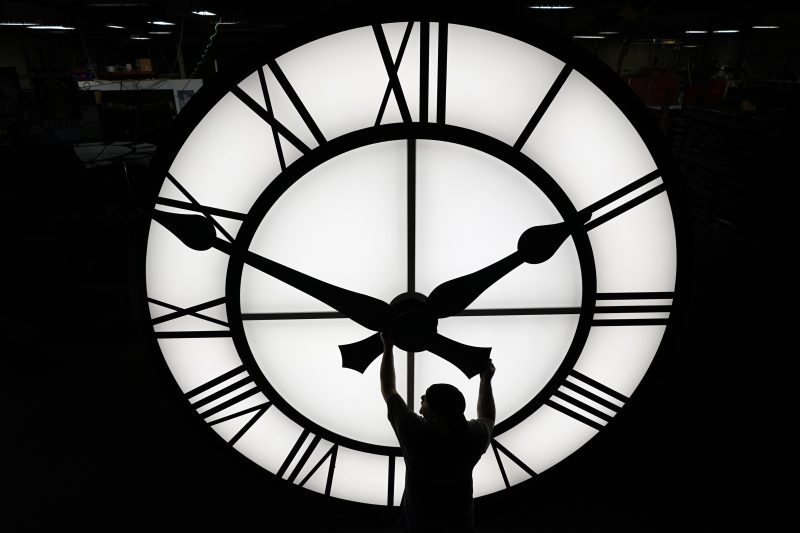HONOLULU (KHON2) — Have you been wondering why Hawaiʻi has been spared the dreaded Daylight Saving Time?
Hawaiʻi does not observe Daylight Saving Time (DST) primarily because of its geographic location near the equator, where daylight hours remain relatively constant throughout the year.
The history behind this decision dates back to the early 20th century, when the United States first implemented Daylight Saving Time during World War I to conserve energy.
At that time, Hawaiʻi was still a United States territory, and local participation in DST was inconsistent.
When Daylight Saving Time was standardized nationally under the Uniform Time Act of 1966, each state or territory was given the option to opt out.
In 1967, the Hawaiʻi State Legislature, with support from Governor John A. Burns, officially decided not to observe DST.
Lawmakers reasoned that the energy-saving benefits touted on the continent did not apply to Hawaiʻi’s tropical latitude, where sunrise and sunset times change very little throughout the year.
The decision was also practical and economic. Businesses and residents found little reason to adjust clocks for such a small difference in daylight, and doing so created unnecessary confusion with transportation schedules and communication with the continent.
As a result, Hawaiʻi remains on Hawaiʻi Standard Time (HST) year-round. So, the clock we live on is two hours behind Pacific Standard Time during the autumn and winter months and three hours behind Pacific Daylight Time during the continent’s spring and summer months.
You can click here, here and here for more information on DST.
Ultimately, Hawaiʻi’s choice reflects both geographic reality and local preference: consistent daylight, simplicity, and alignment with the state’s unique lifestyle and climate.
